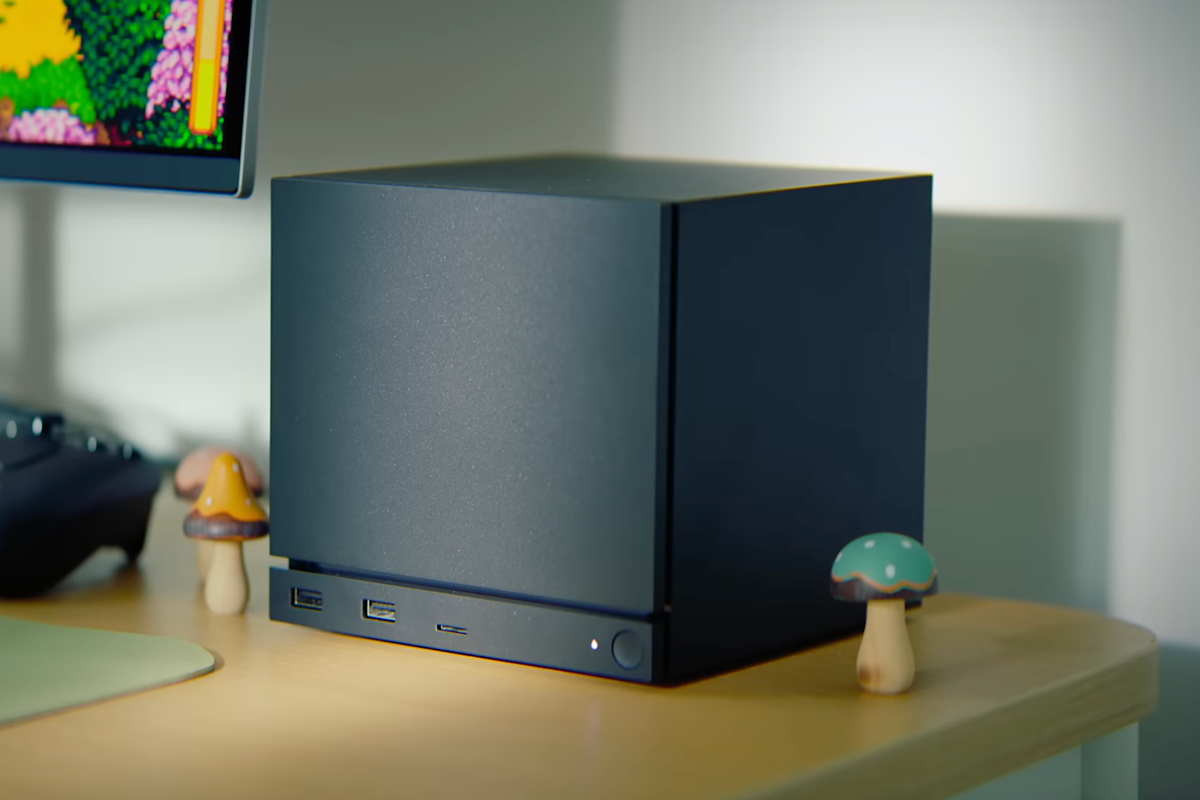Science & Tech
Sinead Butler
Jul 21, 2025
Astronomers stunned by deep space comet from another solar system
Wion - World News / VideoElephant
An interesting discovery in the form of a small celestial body has been found beyond Pluto - and it could change our understanding of the outer Solar System.
During observations from March, May and August 2023, the Subaru Telescope's wide field view was able to pick up on the object (labelled 2023 KQ1) as part of the survey project FOSSIL (Formation of the Outer Solar System: An Icy Legacy).
(Don't worry, the International Astronomical Union will name it something more classical later on...)
Additional observations occurred last July with the Canada-France-Hawaii Telescope, with an added search for unrecognised sightings of the object in old data from other observatories. In doing this, it enabled research to track for almost two decades the orbit of the object.
- YouTube www.youtube.com
As a result, 2023 KQ14 has been classified as a "sednoid" due to the object's "peculiar distant orbit" and is a pretty rare thing - only the fourth known example researchers have found.
The FOSSIL team estimated (using numerical simulation, some from the PC cluster operated by the National Astronomical Observatory of Japan), that the 2023 KQ14 has maintained a stable orbit for at least 4.5 billion years.
Despite 2023 KQ14's current orbit differing from other sednoids, their orbits were remarkably similar around 4.2 billion years ago, according to the simulations.
So what does this mean? Well, 2023 KQ14's different orbit suggests the outer Solar System is more diverse and complex than previously thought.
It also put into question the hypothetical Planet Nine, as its orbit must lie farther out than typically predicted if this planet does exist.
Dr. Yukun Huang of the National Astronomical Observatory of Japan who conducted simulations of the orbit commented, “The fact that 2023 KQ14’s current orbit does not align with those of the other three sednoids lowers the likelihood of the Planet Nine hypothesis.
"It is possible that a planet once existed in the Solar System but was later ejected, causing the unusual orbits we see today.”
How significant is this discovery?
Discussing the importance of this discovery, Dr. Fumi Yoshida explained, “2023 KQ14 was found in a region far away where Neptune’s gravity has little influence. The presence of objects with elongated orbits and large perihelion distances in this area implies that something extraordinary occurred during the ancient era when 2023 KQ14 formed."
He added, "Understanding the orbital evolution and physical properties of these unique, distant objects is crucial for comprehending the full history of the Solar System. At present, the Subaru Telescope is among the few telescopes on Earth capable of making such discoveries. I would be happy if the FOSSIL team could make many more discoveries like this one and help draw a complete picture of the history of the Solar System.”
Elsewhere, Astronaut captures flamingo pink aurora in awe-inspiring footage, and Mysterious 'interstellar object' captured flying through solar system.
How to join the indy100's free WhatsApp channel
Sign up to our free indy100 weekly newsletter
Have your say in our news democracy. Click the upvote icon at the top of the page to help raise this article through the indy100 rankings.
Top 100
The Conversation (0)














Donald Trump explodes at 'obnoxious' reporter